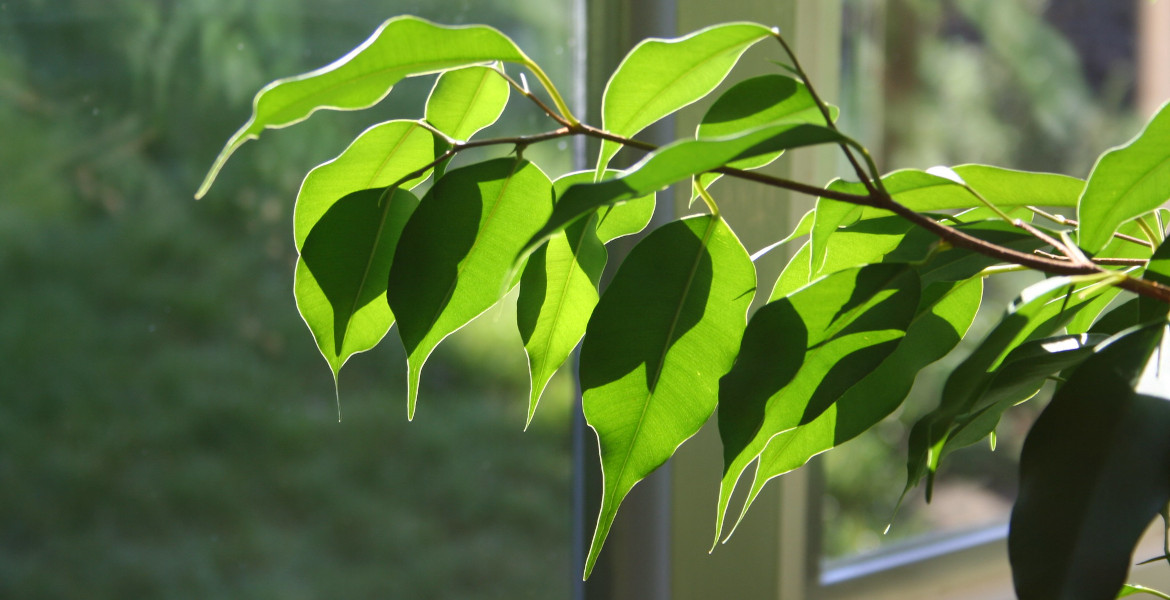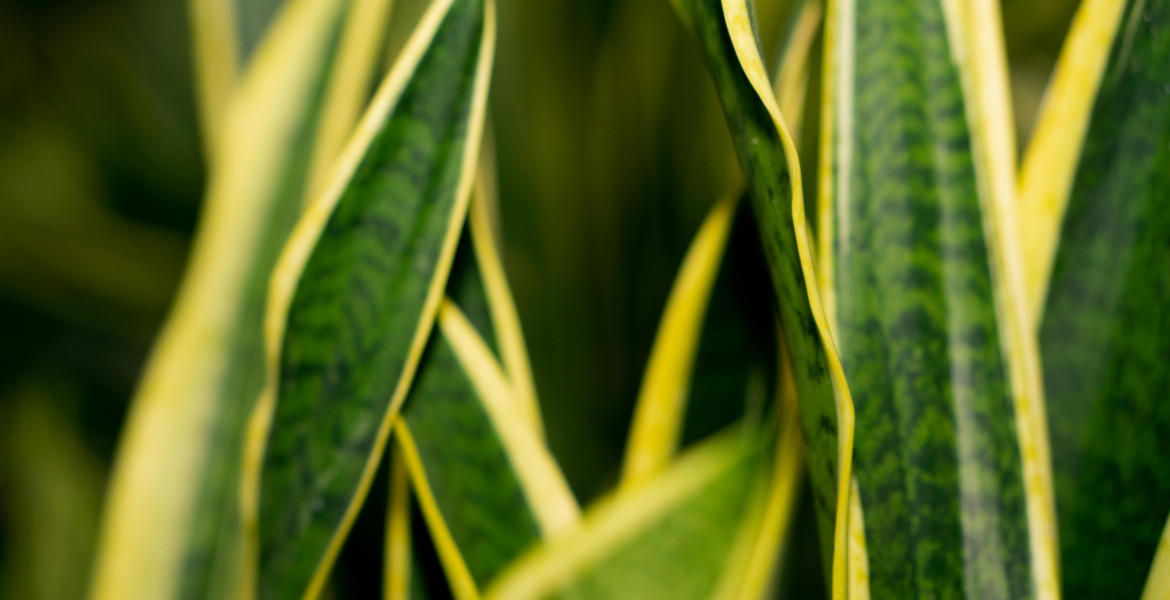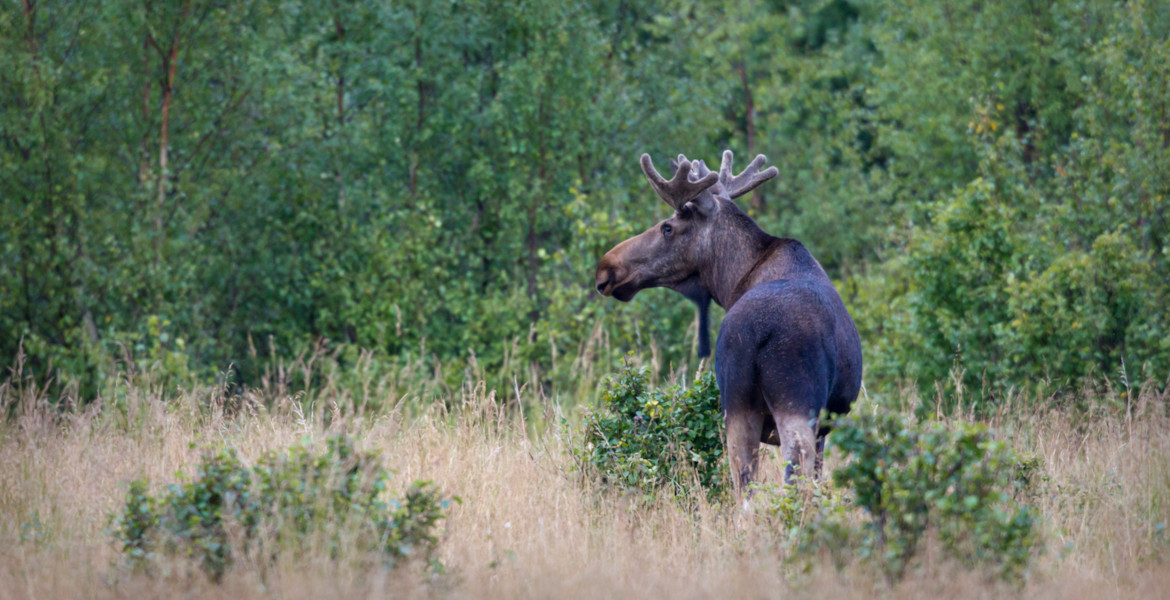Swedish fish contains high levels of PFAS, a study shows. In particular, they exceed EU guidelines for baby food.
As a result, Naturskyddsföreningen, the Swedish Society for Nature Conservation, believes that the Swedish National Food Agency's dietary advice on what fish children should eat should be updated.
Together with the analytical company Eurofins, the Swedish Society for Nature Conservation has investigated the levels of PFAS in Swedish fish, roe, shellfish, beef and pork. They found that Swedish fish sold in supermarkets contain high levels of the environmental toxins.
– This is deeply worrying. Our beloved Swedish lakes and rivers are contaminated with PFAS and so are all the animals that live there. Sweden must stop emissions into the environment and ban PFAS now, says Karin Lexén, secretary general of the Swedish Society for Nature Conservation.
The levels were also compared with the EU's health-based guideline, which is the maximum amount of PFAS a person can tolerate in food, water and air per week without risking their health. For example, you can eat just one serving of zander or salmon per week without exceeding the tolerable limit.
Zander and salmon
The highest levels were found in zander from Lakes Mälaren and Hjälmaren, salmon from the Gulf of Bothnia and Lake Vänern, and the highest levels in vendace roe from the Gulf of Bothnia. Although the levels exceed the EU's health-based guidelines, they are still within the EU's limits for food. On the other hand, PFAS levels in pike-perch from Lakes Mälaren and Hjälmaren and in salmon from the Baltic Sea and Lake Vänern were above the EU limit for baby food.
– The Swedish National Food Agency must immediately update its dietary advice. Zander from Lake Mälaren and Lake Hjälmaren must also be included in the list of fish that children should avoid, says Cecilia Hedfors, environmental toxins expert at the Swedish Society for Nature Conservation.
The lowest levels of PFAS were found in herring from the west coast. No PFAS was found in Swedish pork and beef.
A report from the Swedish Museum of Natural History earlier this year also found persistently high levels of PFAS in Swedish otters, which had increased significantly by 2015.












